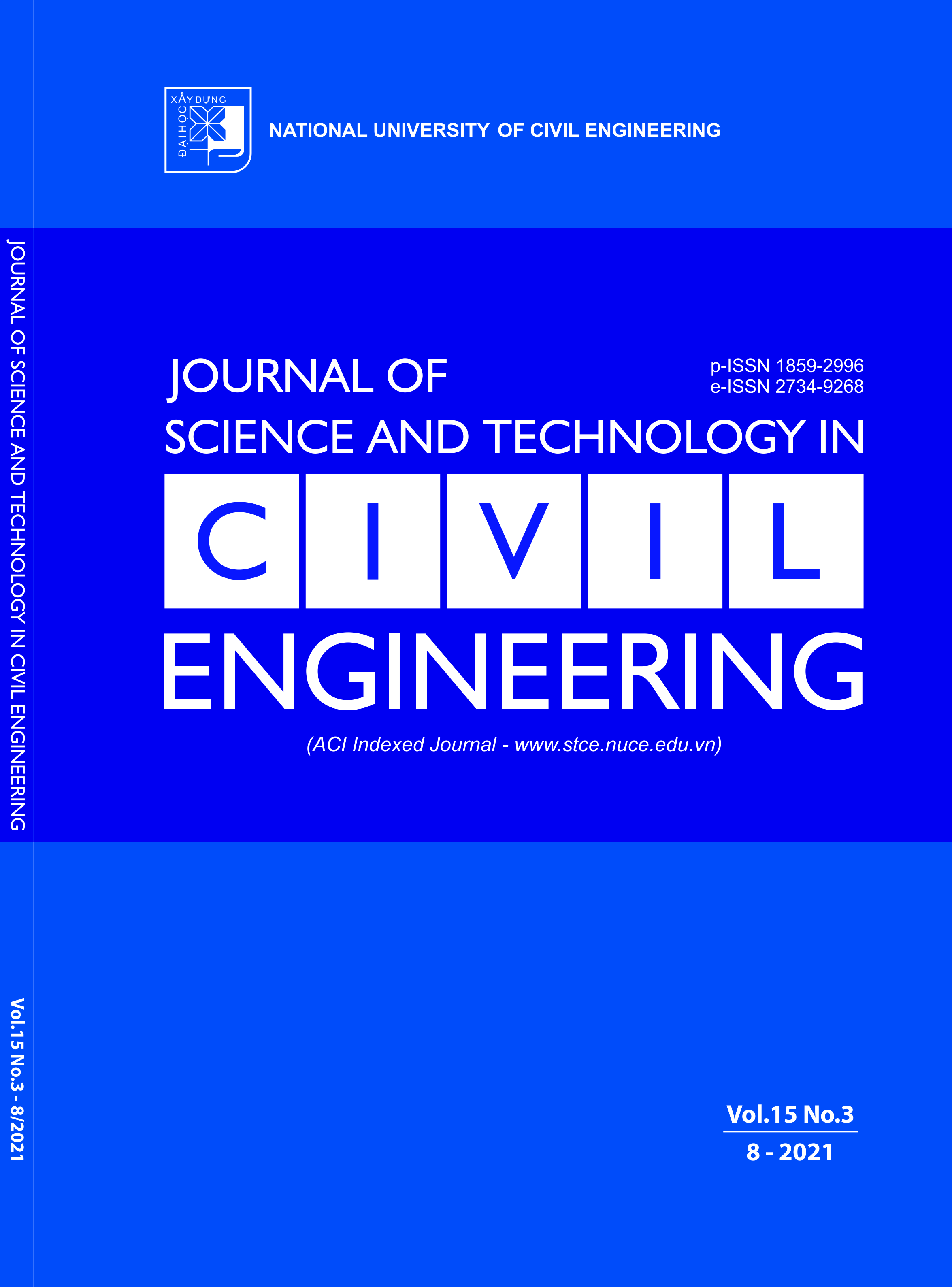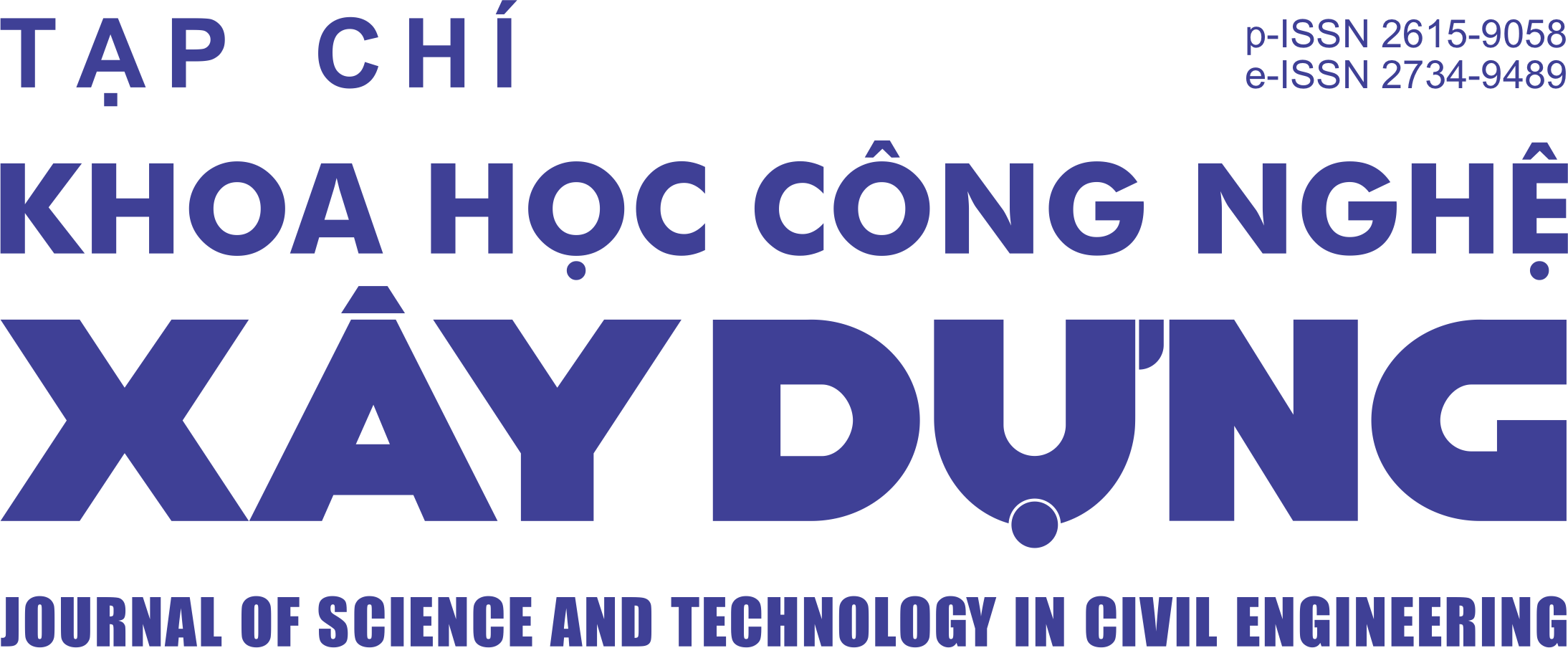Optimization of construction site layout using dynamic hybrid bacterial and ant colony algorithm
Abstract
The efficient plan of site arrangement during the construction phase has been considered a vital duty to successful project performance due to the productivity enhancement as well as safety in executions. The optimization of the Construction Site Layout Problem (CSLP) is a combinatorial complexity that regards numerous objectives and considerable growth of scale as increasing of constraints and facilities. The rearrangement on site may thus need to be had dynamic plannings at several interval schedules as construction evolves to accommodate site needs. To resolve the complexity of this problem, many studies based on the Meta-heuristic approach have been done, there are however always drawbacks and should be improved to be more optimal. This research proposes a new Hybrid Meta-heuristic model which is a combination of Ant Colony Optimization algorithm (ACO), Bacterial foraging algorithm (BFA), and Pair-Wise Exchange Heuristic algorithm (PWEH). The proposed algorithm is named Dynamic Hybrid Ant Colony Algorithm (DHACA) model that can enhance local and global searches simultaneously. In addition, parameter values are optimized to create a better solution. This research also demonstrates the effectiveness of DHACA compared with the previous studies such as Multi-objectives Genetic Algorithm (MOGA), Simulated Annealing Algorithm based Multi-objectives Genetic Algorithm (SA-based MOGA) on the CSLP. DHACA supports the construction site dynamic planning with constraints on facilities to improve work efficiency.
Downloads
Copyright (c) 2021 National University of Civil Engineering

This work is licensed under a Creative Commons Attribution-NonCommercial-NoDerivatives 4.0 International License.
1. The Author assigns all copyright in and to the article (the Work) to the Journal of Science and Technology in Civil Engineering (JSTCE) – Hanoi University of Civil Engineering (HUCE), including the right to publish, republish, transmit, sell and distribute the Work in whole or in part in electronic and print editions of the Journal, in all media of expression now known or later developed.
2. By this assignment of copyright to the JSTCE, reproduction, posting, transmission, distribution or other use of the Work in whole or in part in any medium by the Author requires a full citation to the Journal, suitable in form and content as follows: title of article, authors’ names, journal title, volume, issue, year, copyright owner as specified in the Journal, DOI number. Links to the final article published on the website of the Journal are encouraged.
3. The Author and the company/employer agree that any and all copies of the final published version of the Work or any part thereof distributed or posted by them in print or electronic format as permitted herein will include the notice of copyright as stipulated in the Journal and a full citation to the Journal as published on the website.







